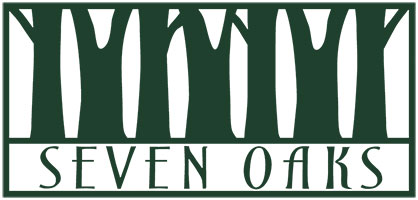Going green or going broke
Atlanta Business Chronicle by Doug Sams, Staff Writer
Date: Friday, December 2, 2011
Related: Commercial Real Estate
In the current commercial real estate market is a green building an advantage or a liability? Is the cost of going green contributing to the financial problems in commercial assets? And when evaluating green building techniques and technologies is it enough to do the work up front or must there be long-term systematic changes in utilizing green building efforts to maximize energy and cost savings?
With the current serious impacts on the commercial real estate industry, operating budgets are being cut to the bare essentials and the focus of most operators is on expense reductions. Given this environment, does the implementation of sustainable practices in construction and operations of commercial real estate make sense? Should we really be considering implementing green building practices in our existing properties? Many investors, developers, architects and managers are asking the question whether these measures make sense, especially given the intense competition for the few tenants that are expanding or relocating.
It is still a common misperception that green buildings operate at higher operating expense levels and as such are less competitive in the marketplace. There is a measure of truth here. The attainment of LEED certification by an asset does not necessarily mean that it is operating efficiently. LEED for New Construction (NC), for instance, is an indication that construction of the building meets the requirements for the development and construction of the delivered product. These requirements include the design and installation of systems whose purpose is to reduce energy consumption. However, upon occupancy these systems are only as effective in reducing energy consumption as the operator’s applied knowledge and skills.
The Energy Information Agency published its study on buildings that had obtained the Energy Star rating and found that some of the worst energy performing buildings have state-of-the-art technology. Some were even LEED NC. Over the past two years our firm has conducted facility and energy audits for more than 20 facilities. Some of these buildings were LEED certified and many have excellent technologies that allow the property to operate efficiently. Yet, in most cases these systems were under-utilized, resulting in excess energy consumption and increased operating expense. Considering electricity is typically the second-largest expense category of a building, about a third of variable costs, reducing electricity expense should be the highest priority for building operators.
Another common misperception is that older buildings cannot achieve acceptable levels of energy efficiency without substantial upgrades, and expense, of their systems. In another study of energy efficiency in buildings by relative age, it was shown that the age of a building and the presence of efficient technologies are not significant predictors of energy use. It has been our experience that the application of low/no-cost best practices in energy management can produce Energy Star rating in the 85-95 range, even in 20-plus-year-old buildings. (These ratings of comparable building performance are an indication of rank among peers. A rating of 85 indicates a building is performing in the top 15 percent of comparable companies.)
But “greening” a building involves more than energy management. Improving water efficiency, increasing recycling and reducing waste, improving indoor air quality and mandating green programs with service providers comprise a comprehensive sustainability effort. In most cases these objectives are obtainable without increasing costs.
Making a business case for sustainability has previously been considered a stretch. But considering the trends, the business case moves from implausible to inevitable. In fact, the industry is clearly in the midst of a major shift recognizing that these same issues are driver for financial and other tangible benefits.
Owners and operators who execute in these areas will have a clear advantage in a marketplace that is in transformation.
Fortune 100 companies are overwhelmingly committing to emissions reductions. The largest tenant in the U.S., the government General Services Administration, occupies hundreds of millions of square feet and requires both LEED and Energy Star for all new leases and facilities. The number of degree programs in sustainability and environment in our university system is exploding and graduates are entering the workforce with an increased knowledge of sustainable issues. These future business leaders and decision-makers have expectations regarding environmental stewardship and we can expect corporate recruiting to address this in competing for the best talent.
Making the case for sustainability in real estate is no longer the issue. Lower operating costs, enhanced value and environmental stewardship have collectively moved from a perception of incompatibility. Strategic thinkers at all level of the real estate equation are seeing this as a new imperative.
